How do dancing diamonds work
Dancing diamonds dazzle jewellery buyers
The Twinkle Setting is an innovative new jewellery concept which allows the stone to continually move to create a consistent sparkle, alluding to the vision of “dancing” diamonds.
Launched at the Hong Kong fair on Friday, the Dancing Stone is the brainchild of Japanese jewellery designer, Hidetaka Dobashi. The centre diamond is suspended from two fine points and is designed so that the stone does not touch the wearer’s body but continually moves in a vibrating fashion, creating a continual sparkle from the swinging momentum.
Dobashi said he first developed the idea in September 2010 but it took until November 2011 to complete the first prototype that truly achieved the desired sparkle effect.
“I was looking for something innovative and coming up with the idea was very easy but making it was very hard work,” Dobashi said. “There were so many problems in creating the [Twinkle] setting because this is a new product but I solved them all one by one, and now I am really satisfied. ”
“When I saw the first successful prototype it was very good and very beautiful. The way the diamond moves is totally different to other diamond jewellery because other diamonds usually hang from one point and when people wear the jewellery the diamond usually touches the skin,” Dobashi explained. “So I thought if I hang the diamond on two sides I could make the movement [of the stone] consistent and make it twinkle.”
The patented design means that the stone continually moves in a vibration–like movement, or as Dobashi describes it, “the stone dances”.
His Japanese based company, Crossfor Co. officially launched the Dancing Stone range at the September Hong Kong Jewellery & Gem Fair, which closes today.
With more than 3,500 exhibitors spread across two venues, it takes a lot to grab the attention of jewellery buyers, but if the crowds around the stand were any indication, the Dancing Stone was a hit.
Dobashi said he exhibited the concept as a soft launch with only 10 pieces at the June Hong Kong Fair, but it was officially launched last week with more than 150 designs of pendants and earrings.
“The fair has been crazy good,” Dobashi said, explaining that he has received enormous interest from jewellery buyers as well as diamond sightholders and other manufacturers wanting to license the technology.
“We can work in three ways. We currently manufacture our own Dancing Stone designs in Vietnam and China and we have been asked by many Indian companies to license the patent, or we can contract manufacture when people supply us with the loose stones,” he said.
Dobashi has applied for international patents in all major territories including China, US, India and Europe.
Dobashi established Crossfor Co. in 1980 after he studied gemmology specialising in rubies and sapphires and he eventually branched out into diamond jewellery. In 1999 Dobashi invented and patented the Crossfor Cut, a 46 facet brilliant cut diamond that he says, “achieves a unique cross-shaped sparkle.”
Moving Diamond Necklace – How Does It Work?
by Tiger
Hey! I finally find the Answer!
0 shares
- Share
- Tweet
The world is ever innovating, and just when you thought you’d seen all there is for you to see, something new and fascinating makes its way to the world – the dancing diamond necklace. Unimaginable, right?
Unimaginable, right?
Moving or dancing diamond necklaces – you may or may not have heard about them before. But today, we’ll tell you all about these diamond necklaces and where they get their name from. And we’ll also answer the question, do these necklaces really move to the beat of the wearer, and if they do (that’s super cool), but how?
Answers to all these questions and more are coming up. So, keep reading to learn more!
Click the Button To See The Table of Contents
What is a moving diamond necklace?Well, as the name suggests, the moving diamond necklace is a type of diamond necklace whose diamond pieces have been designed such that they literally move to the motion and the energy of the wearer.
The moving diamond necklace is also known as the dancing diamond necklace, and it is not just the biggest statement-making invention but also the most eye-catching and the most tech advanced type of jewelry made in the world today.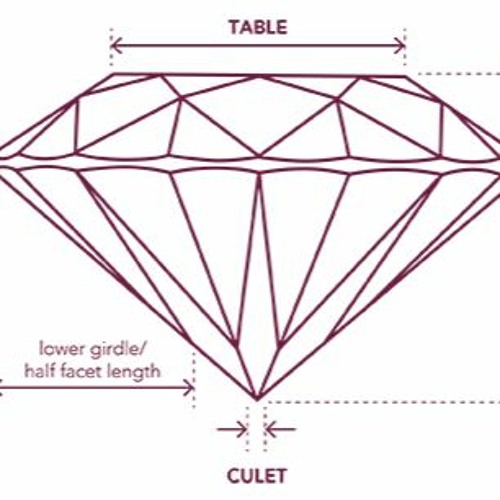
This type of jewelry has permeated the jewelry world today, and the dancing diamond can be referred to or described as the unique way in which the diamonds on the diamond necklace are set such that these gemstones respond to the movements of the wearer, through movements that are perceived as ‘dancing’ and vibrating.
For this to come to life, the dancing or moving diamond necklace features a center diamond that is suspended using two fine horizontal points which hold in place the diamond.
The horizontal points or lines are also meant to anchor the diamond elegantly to the diamond setting but without the use of bezels or prongs.
So, the result is a piece of highly flexible diamond that literally moves with ease and isn’t fixed in place rigidly. The diamond doesn’t also touch the skin of the wearer.
Thanks to the design of the diamond necklace, the somewhat hanging diamond will respond to even the most subtle movements of the wearer, even as it continually trembles and vibrates in position.
The result of this fashion show of sorts is a literal showstopper, especially as the diamond interacts with light, hence a maximum level of sparkle that draws all the eyes in the room to that diamond.
This elegant creation and the whole dancing diamond concept were created by a renowned Japanese designer called Hidetaka Dobashi, whose conception of this idea came to life in September 2010.
However, it took more than a year for the very first piece of the dancing diamond piece of jewelry to come to life. The dancing diamond design has since been patented.
And looking at the elegance, uniqueness, and specificity of the dancing diamond necklace, it makes sense why creating the very first design of the necklace took him more than one year. The design and its specifics require a great deal of skill and the use of the most advanced technologies.
Moving diamond necklace – How does it work?
To mimic a dance motion, even with the subtlest movement of the wearer, the moving diamond necklace works in that dancing motion essentially because of its non-rigid setting style, and more importantly, the diamond’s Crossfor Cut Technique.
Thanks to this technique and the setting, the diamond is able to convert even the slightest movements made by the wearer into energy (kinetic), and this makes the diamond swing and flicker rather incessantly, and the motion is equated to a dance.
The diamond will, therefore, never stop glittering whole on the wearer’s neckline, and it carries gentle and minute but also very elegant dance-like movements.
The dancing motion of the diamond is also said to be powered by the heart, and whenever the wearer moves, the diamond vibrates, resulting in the scintillation and the sparkle of the diamond.
Pros and cons of moving diamond necklace
Pros
- Elegance
- The sparkle never stops, as long as you are wearing the diamond jewelry
- This jewelry is a great conversation starter
- It is made using the most sophisticated gem-cutting, setting, and design techniques.
- The most stunning type of diamond necklace ever made
- The dancing effect is mesmerizing
Cons
- These diamond necklaces are very expensive
- An increasing number of copycats despite the patented design
Should you buy a moving diamond necklace?
If you are looking for the most elegant and unique piece of statement jewelry and you can afford one of these moving diamond necklaces, then you should go ahead and buy the necklace. It is a statement piece, a literal showstopper, and it always looks great.
It is a statement piece, a literal showstopper, and it always looks great.
The best part is that there are numerous styles and designs of the necklaces and earrings, among other types of jewelry with the dancing necklace, meaning that there is essentially something for everyone – whether you are going for a more minimalist look or a detailed statement piece.
That said, this necklace style is not a fascinating option for everyone. So, if you feel like this necklace style doesn’t match who you are, you don’t have to buy the dancing diamond necklace.
Tips for buying a moving diamond necklace
- Since the authentic pieces of moving diamond necklaces are a part of a patented design and these necklaces are essentially very pricey, you should consider buying the necklace from a licensed dealer.
- If you don’t want to pay the full price for the moving diamond necklace, you could still buy the necklace from other stores that sell similar designs.

- Know what to expect in terms of quality and materials used versus the price tag
- If the deal is too good to be true, it possibly is.
- The best of the dancing diamond pendant necklaces make perfect romantic gifts for loved ones.
- Watch out for the cheaper, animated styles that don’t look like the real thing.
Conclusion
There are endless surprises in the world of jewelry, and the dancing diamond necklace is one of these elegant inventions that make for the best and the unique accessories.
Want to read more topics? Visit here or here!
Tiger
Tiger is a fashion&jewelry lover. He is also a fashion jewelry manufacturer that help thousands of small business to grow and also do business with some big fashion jewelry brands. He is a truly metal expert and he will share some information you are looking for.
Hey! I finally find the Answer!
0 shares
- Share
- Tweet
Dancing diamond - what is it? What is the connection between dance and diamonds
It would seem that what is common between a diamond and dance? The Japanese jeweler Hidetaka Dobashi noticed this similarity and added a bit of movement to the stone.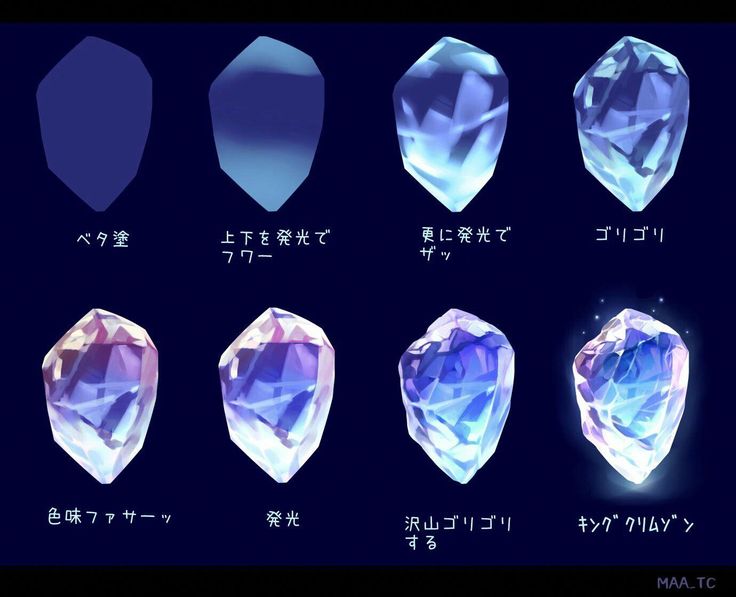 As a result, he received an ornament that alarmed the jewelry industry and captivated the hearts of fashionistas. In this article, we will tell you how a dancing diamond differs from other stones and how it works.
As a result, he received an ornament that alarmed the jewelry industry and captivated the hearts of fashionistas. In this article, we will tell you how a dancing diamond differs from other stones and how it works.
There are four main types of stone setting: blind, prong, corner and a group of special settings. Each is divided into subspecies. There are so many of them that textbooks are written about them, and jewelery students memorize their definitions.
The most common types of bartacks are blind and prong bartacks. It is easy to guess that with blind setting the stone is attached to the metal literally tightly. The metal holds it from all sides. The advantage of such fastening is reliability, but there is a drawback - light does not penetrate to the bottom of the stone, and it is simply not visible.
In the photo: blind (socket) setting
Prong setting setting is more common, because it hides the diamond much less.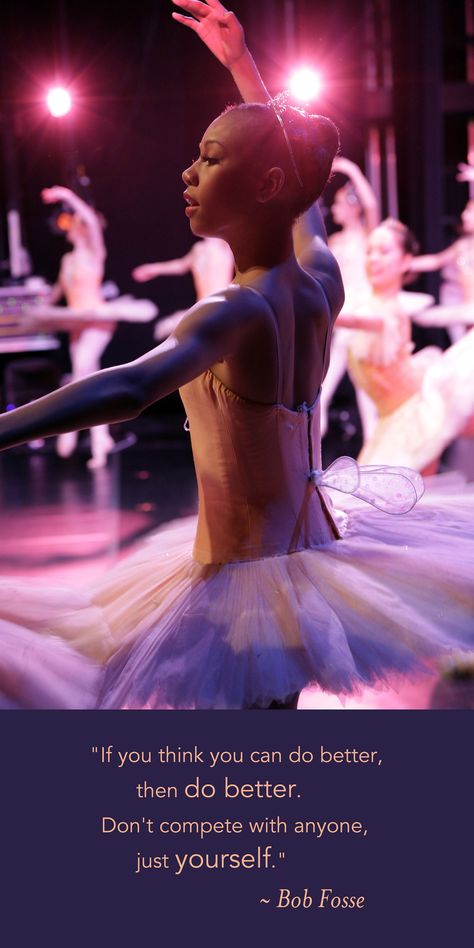 The stone is attached to the metal with protruding strips - prongs, which seem to gently hug it and provide access to light.
The stone is attached to the metal with protruding strips - prongs, which seem to gently hug it and provide access to light.
In the photo: prong setting
But this option did not suit Hidetaku Dobashi either. In 1980, he founded the jewelry company Crossfor Co and started looking for a new fastener. He wanted to make the diamond even more open and free, to enhance its brilliance and shimmer.
In the photo: Hidetaka Dobashi
Finally, in 2012, he fulfilled his dream. At the Hong Kong Jewelry Exhibition, Crossfor Co presented an innovation - "dancing diamond" . Even the most common and recognized frames have faded in comparison with the "dancing know-how".
In the photo: the dancing diamond (Shimansky)
The dancing diamond made a splash at the exhibition. The guests saw a stone floating in the air and sparkling with different colors of the rainbow.
Its secret lies in the setting method: the stone is held by only two small points so that it simply cannot stay in one place. The diamond exposes its facets to the rays of light at different angles. It turns out, as if dancing, sparkling in the light.
In the photo: gold pendant with cubic zirconias 000-291140
In static jewelry with ordinary settings (deaf, prong) the diamond “burns” not so brightly. To admire the radiance, it must be moved and twisted relative to the light source. Dancing Diamond does it himself!
Here's what its creator says:
The way a diamond moves is completely different from other jewelry because other diamonds usually hang from one point, and when people wear jewelry, the diamond usually touches the skin,” Dobashi explained. “So I thought that if I hang the diamond on both sides, I can get the necessary movement of the stone, and it will sparkle.”
Hidetaka Dobashi
In the photo: gold ring with cubic zirkonia 000-301624
By the way, other stones can be dancing.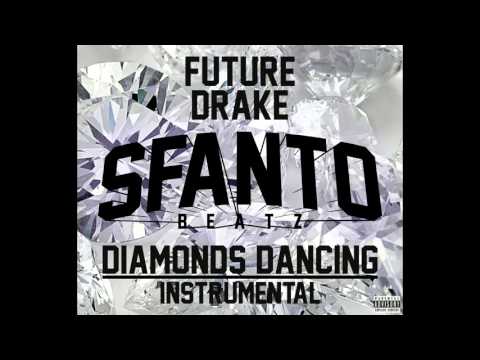 Yes, the same budget cubic zirkonia sparkle and shine in such a frame no less impressive. Choose your dancing stone on our website ourgold.ru.
Yes, the same budget cubic zirkonia sparkle and shine in such a frame no less impressive. Choose your dancing stone on our website ourgold.ru.
what is it and what is its history
Hello, our dear readers. The diamond is one of the most popular stones in jewelry for a reason. For him, many forms of cutting, harmonious combinations with other stones, magnificent settings were invented. It would seem that people have been able to work with this stone for a long time and nothing new can be invented here. But there is one invention that appeared not so long ago, but became a breakthrough in the world of jewelry - the dancing diamond.
Gold pendant with diamond
Not so long ago, in 2012, at the Hong Kong exhibition, a radically new method of fixing diamonds, invented by the Japanese Hidetaka Dobashi, was presented to the world. He decided that the smoothness of iridescence in a precious stone is, of course, good, but bright and expressive persons need something more. Then, as a result of two years of reflection and experimentation, a completely new type of fastening was born.
Then, as a result of two years of reflection and experimentation, a completely new type of fastening was born.
gold ring with diamond
Casket wood chest
Contents
- Dancing diamond: construction device
- How was the dancing diamond created?
- Attitude to the invention
Dancing diamond: device of construction
We are accustomed to fixing a diamond in one of the following ways:
- No movement is provided for the stone, it is firmly fixed in the setting. This principle is classic, uniquely used in all rings, often in earrings and pendants.
- There is one attachment point, so that the diamond can sway when walking and in strong winds. With the disappearance of such vibrations, the diamond quickly stops and fades.
silver earrings with diamonds
That is, in such fastenings, the stone does not have any or very little mobility, it cannot be called alive. But Hidetaki did not like this state of affairs and he decided to do something that other jewelers did not think of: to make the stone "explode with a bright flash" due to the double fastening.
But Hidetaki did not like this state of affairs and he decided to do something that other jewelers did not think of: to make the stone "explode with a bright flash" due to the double fastening.
The principle is relatively simple, but uses the laws of mechanics very precisely. With any (even the most imperceptible) movement, the diamond begins to sway, “dance”, an illusion of flickering is created. At the same time, the wear resistance of the design is taken into account: the diamond does not adhere to the body under any circumstances. Even if there is a possibility of this, then the stone is separated by a protective part.
Jewelry Stand
The most amazing thing is that the “dancing” stone is present not only in the expected earrings and pendants, but also in brooches and rings, where historically almost always only immovable stones are placed.
white gold pendant with diamond
How was the dancing diamond created?
It all started back in 1980, when Mr.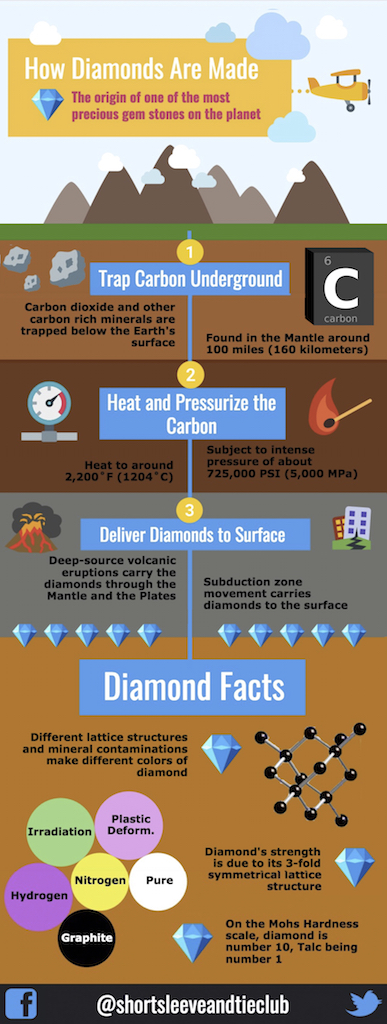 Dobashi created his own jewelry company Crossfor Co. Even then, the master studied the magical property of refraction, so richly represented in the world of diamonds:
Dobashi created his own jewelry company Crossfor Co. Even then, the master studied the magical property of refraction, so richly represented in the world of diamonds:
- What is worth only his cruciform cut with 46 facets, invented directly by the Japanese! Thanks to this shape, the stone emits a very bright light, the edges form a cross. A patent for such a creation was received by him back in 1999 (it's hard to even imagine how many diamonds suffered before this unique form was discovered).
necklace
- Unusual jewelry for glasses is also remarkable, a number of which the Japanese patented just before the introduction of super-moving stones to the world. Such jewelry is attached to the glasses on the lens on both sides. There is also an option with an insert directly into the lens hole.
brooch
Hidetaka admits that he conceived this amazing way of inserting diamonds into jewelry back in 2010. It would seem that the idea is quite simple. But in order to achieve the ideal location of the stone relative to the frame, the maximum frequency of flickering, Dobashi had to try hard.
But in order to achieve the ideal location of the stone relative to the frame, the maximum frequency of flickering, Dobashi had to try hard.
But in 2012 the world was finally able to appreciate these beautiful stones. The jeweler organized the very first appearance of his brainchild to the world already in 2012, in June. He performed there literally with a dozen of his jewelry, there was no triumph at that time. But already in September of the same year, right there in Hong Kong, the master presented 150 creations of various kinds. Naturally, there was no end to those wishing to cooperate with Hidetaka.
Ring with a stone
Since then, interest in these stones has not faded. Dobashi, a year after the official presentation of his brainchild, received a patent for "dancing" frames in many important countries. His company Crossfor Co is ready to cooperate and issues a patent license to all interested organizations that have their own loose stones.
In Russia, "dancing" diamonds are represented by the jewelry company "Bronnitsky Jeweler".

Pendant
You can see their video showing the beautiful and unusual movements of the stone below:
Attitude to the invention
Not everyone immediately became fans of such an unusual way of placing a diamond. Many are annoyed by the chaotic flicker that is created when any decoration is touched. Adherents of this point of view believe that it is more appropriate for such a noble stone as a diamond to smoothly follow the movements of the owner, rather than demonstrate such an “explosive” temper.
Earrings with diamonds
Others, on the contrary, are fascinated by such a stone to admire the product. In any case, if you suddenly decide to give someone a jewelry gift, then turn to the dancing diamond. After all, this is a kind of technological breakthrough in the world of jewelry.




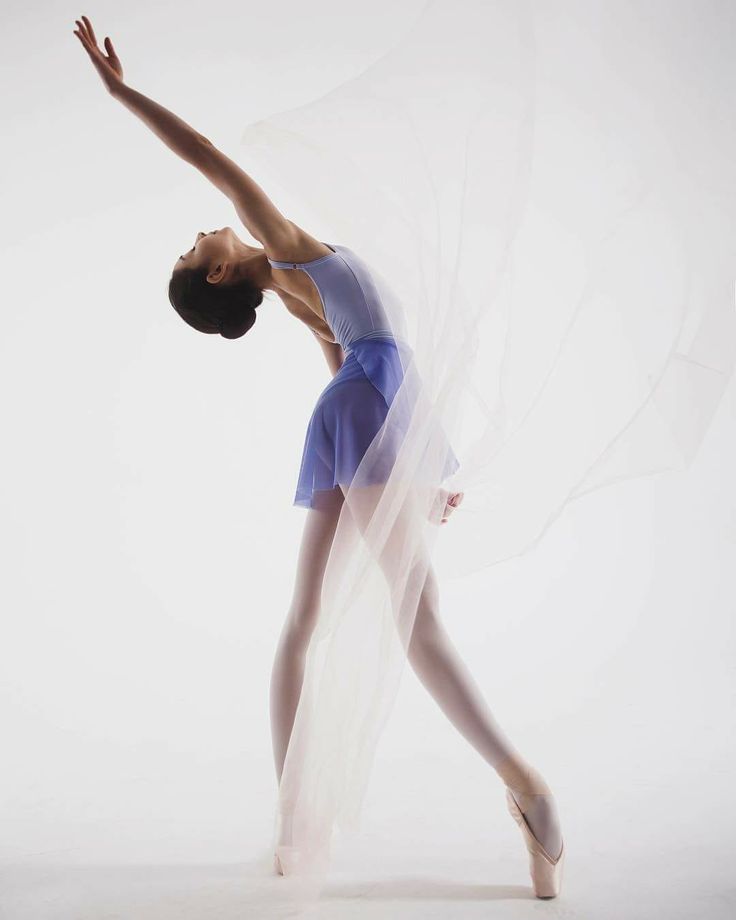





%5B1%5D.jpg)
